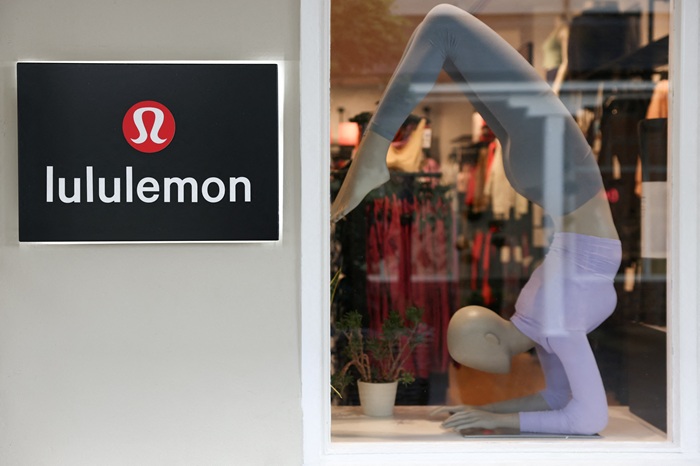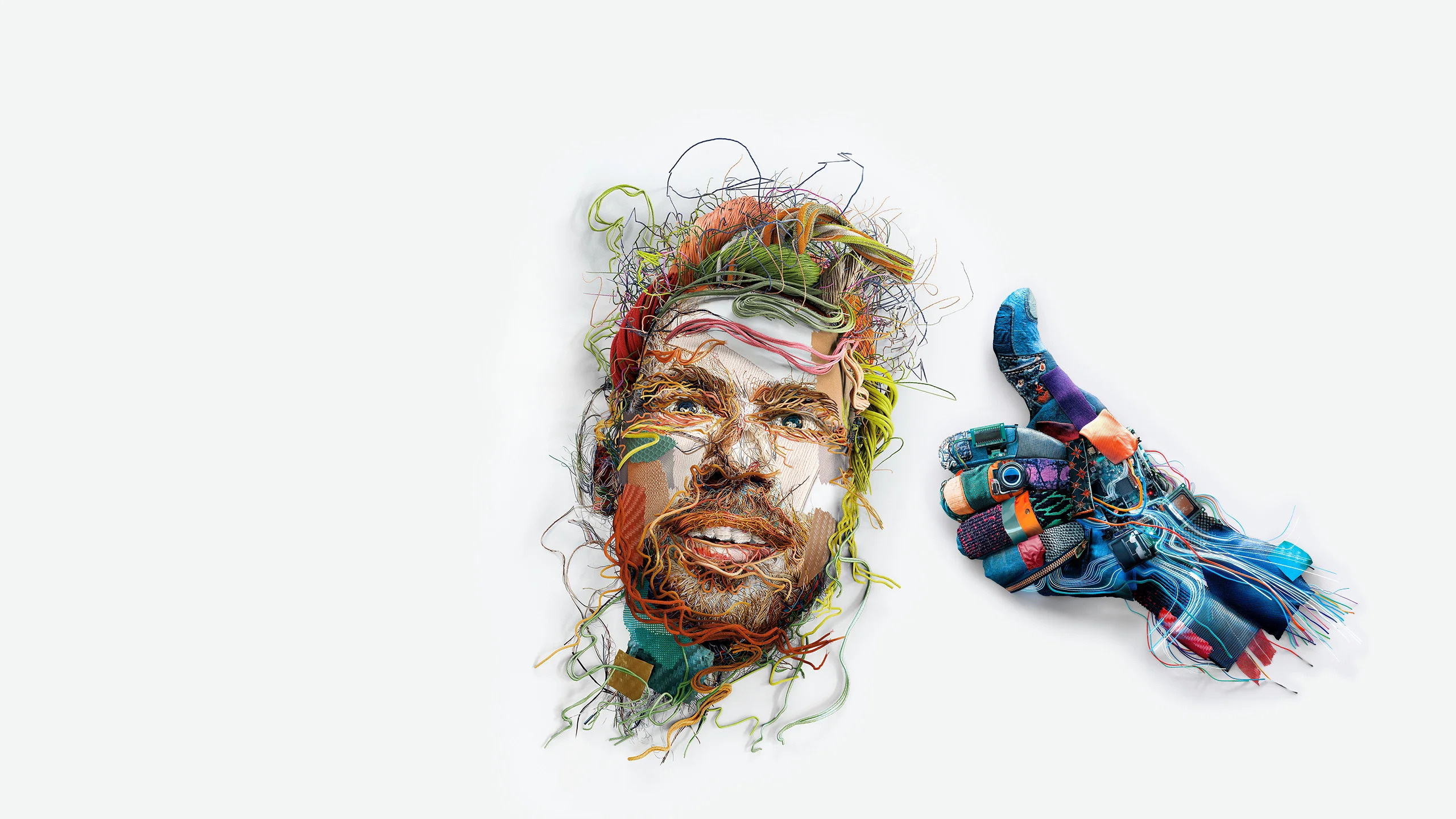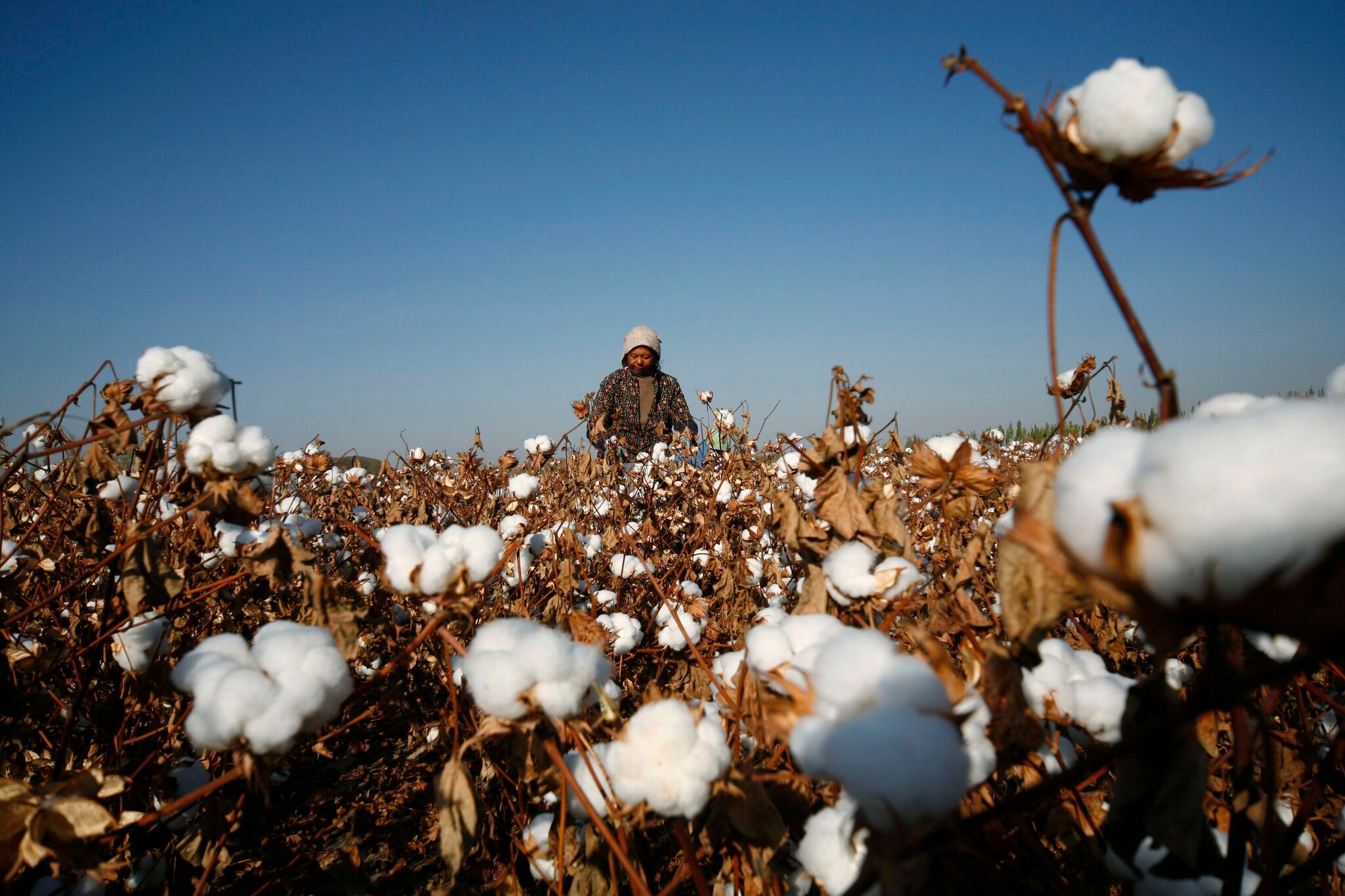FW
California-based American Apparel, after a win in US bankruptcy court, during which a judge ruled in favor of the retailer's reorganization plan, the company's new chief is out to remind shoppers about what makes American Apparel unique: Its dedication to US manufacturing.
‘Made in the USA’ has been rooted in American Apparel's DNA since the company was founded 27 years ago. But CEO Paula Schneider, who took the company's reins one year ago, said that message had gotten lost amid some ‘salacious’ advertising, and controversial headlines regarding founder Dov Charney.
The new strategy of the American Apparel is introduced after years of raunchy advertising and a slew of allegations against its former CEO. Now, the company is hoping a renewed interest in American-made products will bring shoppers back into its stores. We have the opportunity to keep people employed, and it's kind of a bit of call to action for people to come to shop, Schneider said.
About 7,500 of American Apparel's 8,700 employees work in Los Angeles, where it manufactures all of its apparel ‘right down to the strings that are in the hoodies. Over the next few months, the American Apparel will up the ante on its ‘Made in the USA’ promise, via a new a crowd sourcing campaign. Through this campaign, the retailer will invite local artisans to submit their designs to management, with the intention of bringing a yet-to-be determined amount onto its selling floor.
Ralph Lauren Corporation reported better-than-expected bottom-line results for the third quarter of fiscal 2016, but sales fell short of expectations. The company lowered the outlook for fiscal 2016 following the dismal third-quarter sales results.
Its adjusted earnings of $2.27 per share fared better than the Zacks Consensus Estimate of $2.11 but declined 5.8 per cent from $2.41 reported in the last year quarter. The company’s earnings jumped 4 per cent on a currency-neutral basis where as on a reported basis it posted earnings of $1.54 per share, down 36.1 per cent from the last year.
The luxury apparel retailer’s net revenue was down 4.3 per cent year over year to $1,946 million in the reported quarter and short of the Zacks Consensus Estimate of $2,043 million. On a currency-neutral basis, revenues inched down 1per cent year over year as the 6 per cent constant currency revenue growth at the international business was offset by a 4 per cent decline in North American revenues. The drop in North American revenues stemmed from unfavorable weather conditions during the fall season and the holiday period, along with lower tourist traffic and unappealing collections at the Lauren brand.
The textile industry in Indonesia is currently facing severe pressure. In the domestic market, slowing economic growth has led to a decline in people’s purchasing power resulting in low demand for textile products. Declining demand, accompanied by increased production costs, has caused manufacturers to reduce their production capacities. As a result, the performance of the industry over the first quarter of 2015 was relatively poor, suffering a contraction with a negative growth of 0.98 per cent year-on-year.
Given the large share of exports, the performance of the textile and clothing industry is sure to be greatly influenced by global economic conditions, particularly in the US and Europe, which represent Indonesia’s largest apparel export markets. One constraint is the lack of free trade agreements in place with key export destinations, such as the US and the EU, with whom Indonesia’s major textile competitors, such as Vietnam and Malaysia, already have free trade agreements.
In the domestic market, an obstacle facing the industry comes from the influx of imported products into the country, particularly those from China and Korea. This increasingly reduces the competitiveness of Indonesian products in the domestic market where imported products could be up to 20 per cent cheaper.
An estimated 384 million square meters of fabric were printed digitally via dye sublimation in the year to the first quarter of 2016, having grown by just under 18.4 per cent in the past year 2015-16. This is set to rise to 892 million square meters in 2021. This was revealed by a study ‘The Future of Dye-Sublimation Printing to 2021’.
The four major end-use segments are garments, household (carpets, wall coverings and upholstery), technical and visual communications (displays and signage) and technical textiles. This last category includes automotive (seats, seat belts, seat head lining, panels, sound absorption), bags, medical and scientific textiles, sails, tents, parasols or umbrellas, accessories and sports equipment.
The garment segment is the largest end use sector, with 75 per cent of the market share by value in 2016. The other segments each take a five to ten per cent of the market. Globally digital textile printing output grew at more than 45 per cent annually between 2004 and 2009. From 2009 growth slowed somewhat because of the global economic slowdown.
At a compound annual growth rate of 18.4 per cent, dye sublimation is a fast growing market that is expected to more than double in terms of volume printed and value in the near future.
From February 2016, new criteria for STeP by Oeko-Tex have come into effect. The previous requirements have been expanded to include an additional point on handling sludge from waste water treatment. Sludge must be stored by companies with STeP certification in a way that rules out any ground contamination.
Oeko-Tex recommends that sludge residues of this type always be disposed off by professionals in accordance with environmental protection regulations. There are amendments to further improve employee working conditions. Certified companies in future will have to satisfy statutory regulations relating to a suitable level of maternity protection.
If there are no statutory regulations, companies are encouraged to define their own company guidelines to ensure paid maternity leave. Another addition to the latest STeP standard is that manufacturers of foams and mattresses can now have their production conditions certified in accordance with STeP.
Also new is the need for a plan that clearly highlights all of the areas of the company in which chemicals are supplied, stored, and used. The company facilities must also prove that chemicals are being transported safely and that affected staff are being provided with appropriate training.
STeP by Oeko-Tex makes the sustainability of production facilities throughout the textile value-creation chain visible using a transparent scoring system.
STeP gives brands, retailers, and manufacturers the opportunity to have each area of their company facilities analysed and assessed according to environmental and social criteria by an independent body.
https://www.oeko-tex.com/
Textile firm Bombay Rayon Fashions will convert debt worth Rs 934.26 crores into equity in favor of the lenders. The working capital term loan of Rs 712.67 crores and Rs 221.58 crores funded interest term loan would be converted into equity in favor of lenders.
Bombay Rayon Fashions was incorporated in 1992. The firm has fabric manufacturing facilities of 100 million meters per annum, garment manufacturing facilities of 60 million pieces per annum, which is being expanded to 90 million pieces per annum.
Bombay Rayon caters to the domestic and export markets. The company is also engaged in power generation through coal and windmills and manufacturing of buttons. It produces fabrics such as cotton, polyester, tencel, modal, Lycra, wool and various blends. Products include fabrics, apparel, retail, trims and yarn.
The company is the largest shirt manufacturer in India. It owns 13 manufacturing facilities, including one sampling unit across the country. It has a presence in the entire value chain starting from yarn dyeing, weaving, fabric processing, designing, garment manufacturing to retailing. In the domestic market the finished fabric is marketed through 70 distributors and more than 2000 retailers. It also exports to the Middle East and EU countries.
www.bombayrayon.com/
Wool brands are working for closer collaboration and joint product development with brands. Brands are increasingly combining different technologies and new applications of wool in their performance and outdoor wear products as the use of wool goes beyond the knitted.
Wool is used as wadding for jackets to replace downs or synthetic wadding. Companies already using wool are increasing use wool content in their collections. In addition, many companies who previously were not using wool are starting to do so.
Major brands are now making sure that they have at least some merino in their ranges. They have found innovative ways to integrate wool into their products. There are jackets with felted wool elements on the outside combined with fine next-to-skin knitted wool on the inside. Some synthetic jackets have wool elements worked into the design.
Wool is showing a positive trend in performance wear. One hundred per cent wool and blended fabrics will continue to show growth in this market sector. Woolmark’s innovations include a water and wind protection jacket made of a fabric that uses a specially treated wool fiber. The fabric is constructed through a unique fiber stretching and fabric compacting technology, resulting in a fabric that is wind and water resistant as well as sporting wool’s other natural benefits such as breathability and resilience.
www.woolmark.com/
Textiles and garments are being equipped with a wide variety of functions that offer protection and comfort at work and during leisure activities. Breathability, warmth, wind, water, oil and chemical resistance, as well as flame protection, rank among the most important properties of modern outdoor, ski or, in particular, functional protective and fire-fighting clothing.
However, textiles are affected by substances such as sweat, dirt and chemical or biological contamination. Only correct care can give garments back their functionality and protective qualities. Developments in mechanical engineering, detergent chemistry and textile research are aimed at maintaining the value and functionality of professional, protective and outdoor clothing and surgical textiles. Restoration of special effects calls for great expertise.
Particularly difficult to launder are garments with fluorine-based water, oil and chemical resistance, which require special surfactant blends. These surfactant blends shift dirt without any significant adverse effects on the functional aspects.
A textile care specialist can guarantee a perfect finish leaving breathability unaffected and retaining the protective function essential for workers in high-risk jobs. Professional wet cleaning is an alternative to classic dry cleaning with solvents and is gaining in importance thanks to the very gentle and efficient cleaning.
As compared to household laundry, professional cleaners can regulate the water exactly. The machines have a greater drum capacity, the mechanical washing action is greatly reduced and the detergent and additives are matched exactly to the process.
China is undertaking supply side reforms in a bid to sustain the growth momentum seen over the last few years. Over the last three decades there was a focus on the demand side. The rapid growth witnessed by Chinese economy during the last 30 years had capital investment, exports and consumption as its focus areas, which are all generally considered demand side parameters.
In 2008, following the sub-prime crisis in the US, China announced a four trillion yuan stimulus package to increase investment in infrastructure projects, and thereby create jobs and stimulate demand for materials used in construction. The rationale behind such a package also included a thought that wages paid to workers in newly created jobs would be spent on essentials and business would flourish. In the process, however, issues such as income distribution, rising home prices, and overcapacity were not paid attention.
By focusing on the supply side, which means stimulating economic growth through reducing barriers to production especially through tax cuts, wealth owners will be enticed to invest in things that increase supply. These may be in the form of launching new businesses or innovative goods and services. This is expected to generate sustainable, quality growth.
Pakistan is likely to see a fall in cotton consumption by 12 per cent this year. By consuming 2.2 million tons of cotton it would be exporting around $13 billion of textile products. Bangladesh and Vietnam with a 22 per cent and a 13 per cent increase in their cotton use would generate exports worth $54 billion. This means value addition in these two non-cotton producing countries is over four times higher. Both Bangladesh and Vietnam are among the low value-added textile product exporters.
China, Turkey, Sri Lanka and Tunisia add much more value to their textiles. The ongoing drop in polyester prices has caused a reduction in the share of cotton in the global market, particularly in China where polyester has been favored over cotton in the recent season.
Cotton consumption in China is forecast to go down five per cent in 2015-16, though it still remains the world’s largest consumer of cotton. When cotton prices dropped at the start of 2014-15, the gap between international cotton prices and polyester prices in China, which accounts for 72 per cent of the world’s polyester production, narrowed significantly and greatly improved the competitiveness of cotton.
However, this only lasted for a few months, as polyester prices continued to drop, while cotton prices stabilised. In 2015-16, the gap continued to widen.












